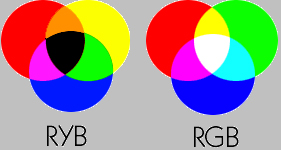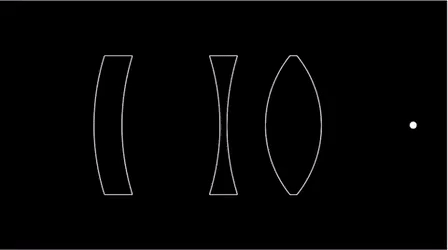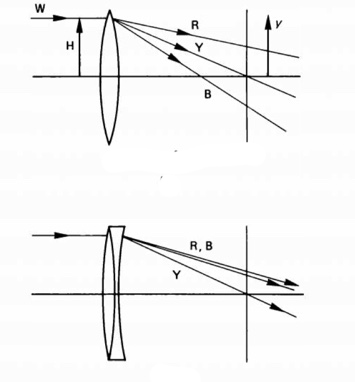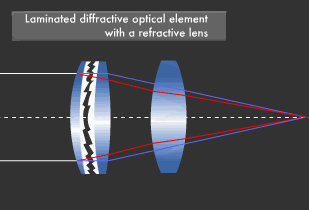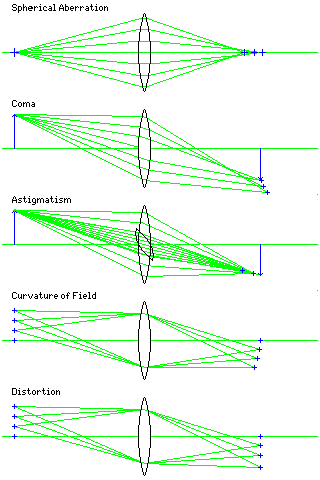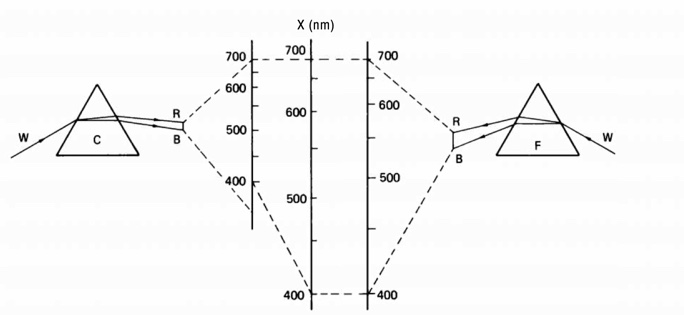Aspherical lenses are available which do not have any SA. These are ground with a "perfect" shape, where the curvature is varied from the centre to the edges so there is inherent correction essentially built into the lens, but they are extremely expensive to produce.
There are five basic types of aberration which occur in photography due to the geometry of lenses and which are applicable to systems dealing with monochromatic light, they are known as the Seidel aberrations, from an 1857 paper by Ludwig von Seidel. These are the aberrations that become evident in optics, also known as Seidel optics.
The five Seidel aberrations are:
Spherical Aberration: this is the aberration affecting rays from a point on the optical axis, because rays from this point going out in different directions pass through different parts of the lens, then, if the lens is spherical, or otherwise not the exact shape needed to bring them all to a focus, then these rays will not all be focused at the same point on the other side of the lens.
Coma: this aberration affects rays from points off the optical axis. If spherical aberration is eliminated, different parts of the lens bring rays from the axis to the same focus. But the place where the image of an off-axis point is formed may still change when different parts of the lens are considered.
Astigmatism: this is aberration affecting rays from a point of the optical axis. These rays, as they head through the lens to the point in the image where they will be focused, pass through a lens that is, from their perspective, tilted. Even if neither spherical aberration nor coma prevents them from coming to a sharp focus, if we consider the rays of light that are in the plane of the tilt, and the rays of light that are in the plane perpendicular to that, these rays pass through a part of the lens with a different profile. So they may not be focused at the same distance from the lens, even if they do come to a focus in each case. See Digital Sensors
HERECurvature of Field: even when light from every point in the object is brought to a sharp focus, the points at which they are brought into focus might lie on a curved surface instead of a flat plane.
Distortion: even when all the other aberrations have been corrected, the light from points in the object might be brought together on the image plane at the wrong distance from the optical axis, instead of being linearly proportional to the distance from the optical axis in the object. If distance increases faster than in the object, one has pincushion distortion, if more slowly, barrel distortion.
The following diagram illustrates these aberrations:

